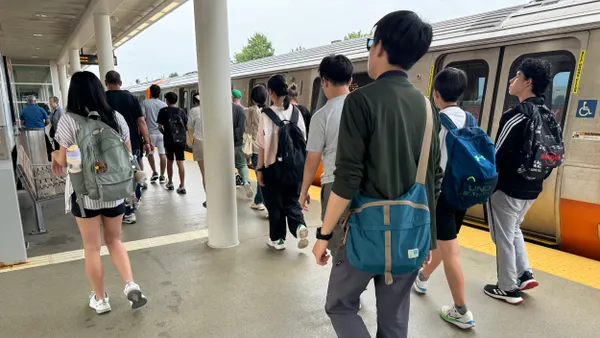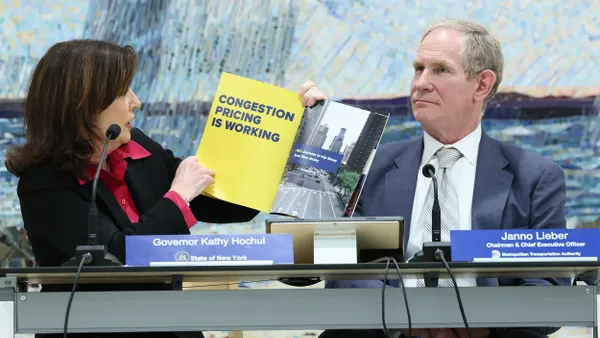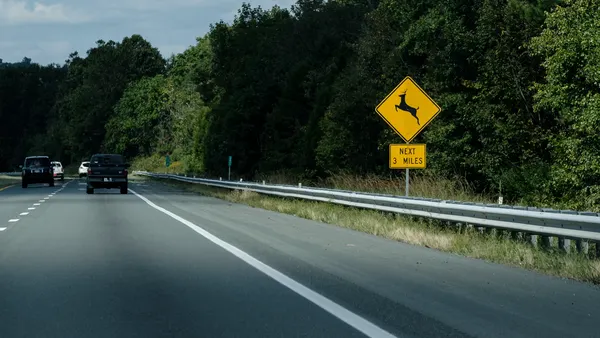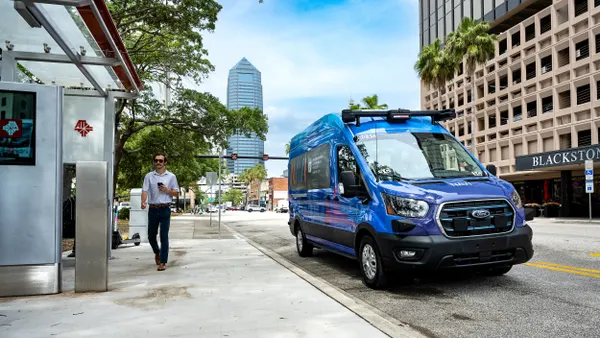In 2017 e-scooters began rolling into U.S. cities, mostly unregulated and taking many cities by surprise. Since 2017, scooter operators and cities have mostly found ways to work together, allowing e-scooters to operate. Working together has involved permits, rules, regulations, and enforcement.
Rules and regulations in most cities are related to deployment, speed limits, parking rules, no-ride zones, equity zones, and safety protocols. Those cities where e-scooters have been allowed to operate took the approach of allowing this new form of mobility to operate while analyzing the benefits of e-scooter programs.
While many cities embraced e-scooter programs after some growing pains and some adjustment to how, where, and when they were allowed to operate; some cities remained firmly against the idea of allowing e-scooters to take up permanent residence on already congested urban city streets, sidewalks, and bike paths.
New York City
The Big Apple, Empire City, Gotham, Metropolis, the City So Nice They Named It Twice, the Concrete Jungle, the City That Never Sleeps. Whatever you want to call it, until recently the largest mobility market in the U.S., New York City, remained decisively free of e-scooters.
After watching from the sidelines for the past few years, New York City has finally taken the plunge and on August 17th, 2021 launched its first-ever shared e-scooter pilot program. Phase I of the city's pilot will see up to 3,000 vehicles deployed in an area of the Bronx where over 570,000 residents live. This area of the Bronx has been described as somewhat of a transit desert and the hope is that e-scooter operators will fill a much-needed gap in mobility. A potential Phase 2 will move further South and add another 3,000 e-scooters.
Safety and Blue Systems' Mobility Management Software
While the launch of e-scooters in New York City might not have been one of the first or fastest to launch, behind the scenes NYCDOT staff had been busy working for months in preparation for the launch of this pilot. Not only did they have to choose the three scooter companies that would be allowed to operate during the pilot, but NYCDOT also had to choose a data aggregator to help manage the data being collected by the operators. After a rigorous process, the city chose Lime, Bird, and Veo as the scooter operators, and Blue Systems was chosen as the data aggregator to create a platform that would allow NYCDOT staff to monitor and regulate the pilot program. The long-term sustainability of an e-scooter program in NYC was always going to be dependent on e-scooter companies demonstrating that scooters could operate safely where there is already a high level of competition for the streets, bike lanes, greenways, and sidewalks. Blue System had the software platform that met the needs of New York City and provided the best chance of ensuring this scooter program maintained a ‘safety first' approach.
For the last several months NYCDOT and Blue Systems have been working together on the creation of policies and custom software features that would allow for restricting new users' speed limit to 10 miles per hour on the users' first three trips. New users are not allowed to ride during night hours between 8:30 pm and 6:00 am to minimize accidents, which have a higher rate of occurrence in overnight hours. Finally, all new users are required to take an in-app training course prior to using e-scooter services. The ability to customize Blue Systems' Platform was a critical component in choosing a data aggregator for this pilot.
Safety and innovation – the core of Blue Systems' success
Cities including Los Angeles, San Jose, London, Lyon (France), Neom (Saudi Arabia) and others have trusted Blue Systems and their Mobility Manager Platform to help shape, manage, and regulate complex mobility programs. With years of experience in smart mobility, Blue Systems has proven to be the most innovative SaaS provider when dealing with the complexity of mobility programs. The company was the first to integrate data from delivery robots onto the same platform used by cities to monitor e-scooter programs. They are also poised to announce the integration of data from sidewalk riding technology in collaboration with a well-known operator. James Delgado, Vice President of North America for Blue Systems stated, "safety and innovation have always been at the core of our mission in providing cities with mobility management software. In the past, cities have had to rely on off-the-shelf software that did not provide the innovative and safety-driven features that we provide through our Mobility Manager".
Blue Systems provides their Mobility Manager for LACI's Zero Emission Delivery Zone in Santa Monica. It is the first of its kind collaboration in the U.S. where robot operators including Kiwibot and Coco have worked closely with Blue Systems to demonstrate how data can be used to measure greenhouse gas emissions. Delgado added, "the integration of freight delivery robots and measuring of GHG is the first of its kind. There is more to mobility than scooters and we want to provide cities with a platform that evolves as fast as mobility does".
The tortoise or the hare
While New York City wasn't the first big city to launch an e-scooter pilot program, their slow and steady approach might just prove to be like the story of the tortoise and the hare. Just because you start off like a flash, doesn't mean you'll win the race; especially if the race is to a program where safety and equity are a priority and long-term sustainability is the finish line.










